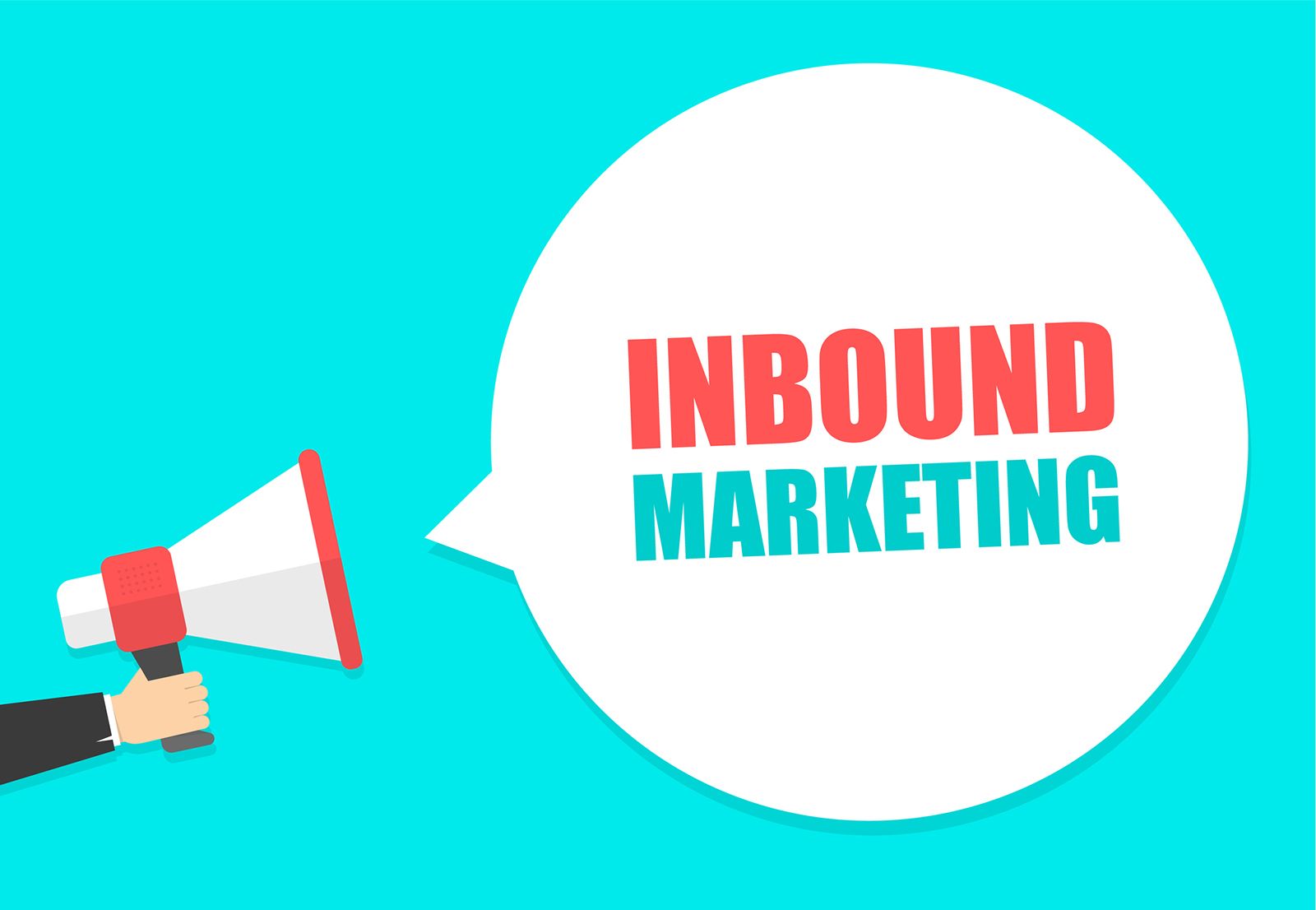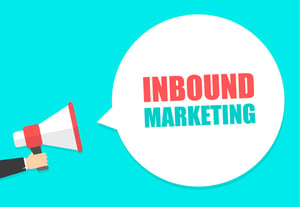
5-Step Process to a Successful Inbound Marketing Campaign
 You’ve no doubt heard some of the buzz about inbound marketing campaigns by now, and you’re likely looking to create your own. Before you can begin, however, you need to know the difference between inbound and what you’re already doing.
You’ve no doubt heard some of the buzz about inbound marketing campaigns by now, and you’re likely looking to create your own. Before you can begin, however, you need to know the difference between inbound and what you’re already doing.
What is inbound marketing and outbound marketing?
Outbound marketing tends to push your message out to a wide audience, and it can be seen as interruptive. Inbound marketing, on the other hand, tends to draw in already curious leads. You then begin to build a relationship with them and guide them through their buying journey.
What steps do you need to take to create a successful inbound marketing campaign? You’ll need to turn your attention to your buyer personas, make sure you’re set up to measure success, and effectually use the tools at your fingertips to connect with customers and leads.
1. Establish the Goal of the Inbound Marketing Campaign
What do you want to accomplish by running this campaign? If you start out by defining your goals, you’ll be in a better position to figure out how to get from Point A to Point B.
A campaign without a goal is unlikely to succeed because it’s difficult to measure success without setting a goal. If you don’t have a goal, you may employ tactics in a haphazard manner, leading to some mixed results.
Drive your results forward by creating a clear goal.
2. Define Your Audience and Buyer Personas
Now that you know what you want to accomplish, you can set out to define the audience for the inbound marketing campaign. Knowing who you’re talking to and targeting will help you decide which tactics to employ, how you communicate, and even what you offer.
You’re going to craft a very different campaign for repeat customers versus new clients. There will even be variation among these broad segments. Some of your leads may be ready to buy now, while others will be in the early stages of the buying journey. Adjust your campaign appropriately.
3. Determine the Offer and the Call to Action
What are you going to offer the potential buyers you’re targeting? Existing customers might respond to a coupon to save on their next purchase, while new customers may just be looking for information. They might sign up for a newsletter or download a whitepaper to learn more.
Once you’ve determined the offer, think about how you’ll get the lead to take action. Will you ask them to redeem their discount code within a certain timeframe, or will you entice them to learn more about a product or service you offer by downloading it?
4. Continue the Conversation
Once you’ve established contact with the lead, be sure to continue following up with lead nurturing techniques. It’s not enough to send one email.
Be sure to alter your communications to the customer’s concerns. If you have notes on your last conversation, you might share an interesting article that addresses some of the customer’s questions or needs. By supporting the customer, you can remind them of your presence and your expertise.
5. Measure Your Campaign
This last step is perhaps one of the most crucial parts of any inbound marketing campaign, yet it’s also one of the most misunderstood. To determine if your campaign was successful, you need to use metrics.
There are many metrics you can choose from, so be sure you’re measuring the right statistics for your campaign. If your goal is customer sign-ups, then measuring website traffic won’t tell you how well the campaign is working.
There are many smaller steps involved in running a successful inbound marketing campaign. If you follow these broad steps, however, you’ll be well on your way to inbound marketing success.

CEO and Chief Revenue Scientist
Mike Lieberman, CEO and Chief Revenue Scientist
Eliminate Hit-or-Miss Marketing Moves
Get advice, tips, tools and guidance to generate more leads for your company in this weekly email newsletter.



Eliminate Hit-or-Miss Marketing Moves
Get advice, tips, tools and guidance to generate more leads for your company in this weekly email newsletter.













